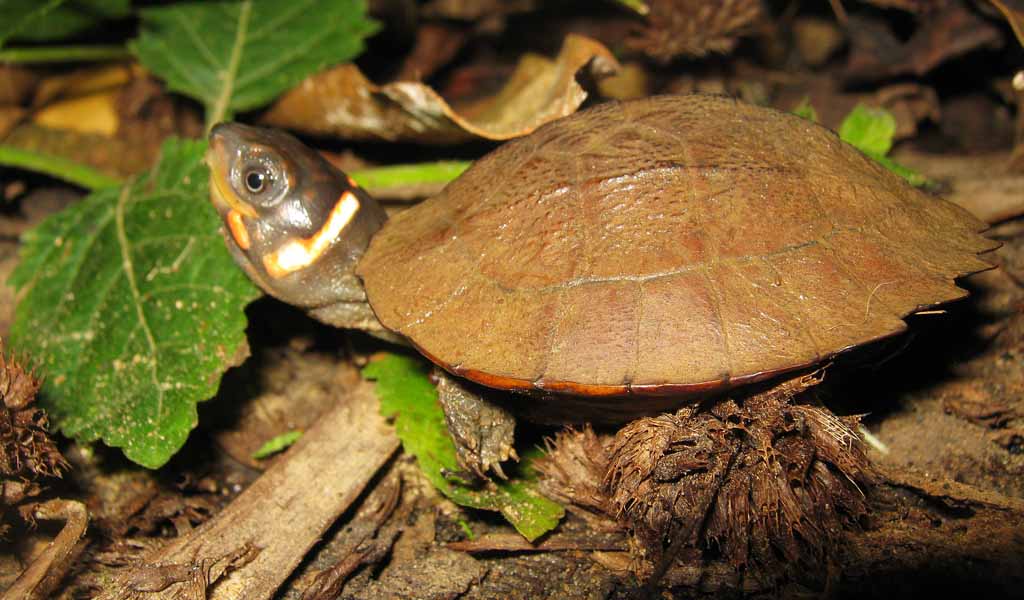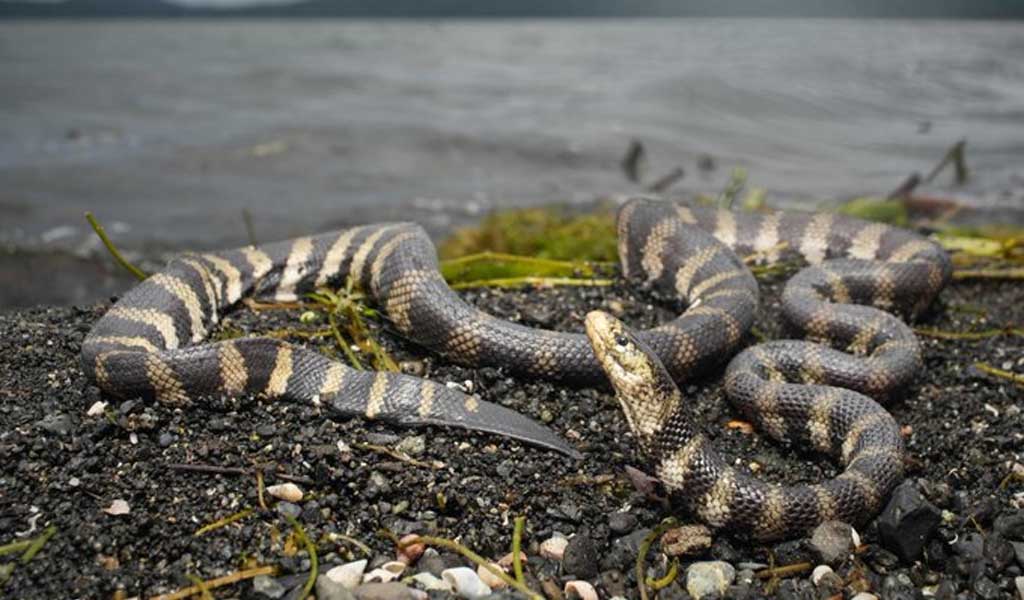An Overview of The Philippine Forest Turtle
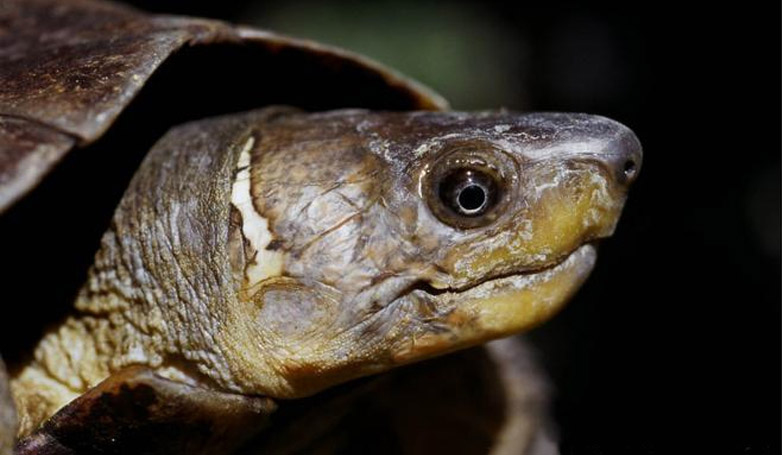
The Philippine Forest Turtle, also known as the Palawan Forest Turtle (Siebenrockiella leytensis), is an endangered species endemic to the Philippines, specifically found in the Palawan province. This freshwater turtle thrives in clear, shallow streams and rivers within the dense tropical forests of northern Palawan. Distinguished by its high-domed shell and distinctive yellow head markings, the Philippine Forest Turtle plays a critical role in its ecosystem, helping maintain the health of aquatic environments by feeding on a diet of aquatic plants, fruits, and small invertebrates. Understanding and protecting the Philippine forest turtle is crucial for preserving the rich biodiversity of the Philippines.
Habitat and Distribution
The Philippine Forest Turtle, or Palawan Forest Turtle, is primarily found in the northern part of the Palawan province in the Philippines. This region’s lush tropical forests provide the ideal environment for these turtles, characterized by clear, shallow streams and rivers. The turtles thrive in habitats with clean, flowing water and abundant vegetation, which offer ample food sources and shelter. Their preference for these pristine, freshwater habitats makes them particularly sensitive to environmental changes and disturbances.
Physical Characteristics
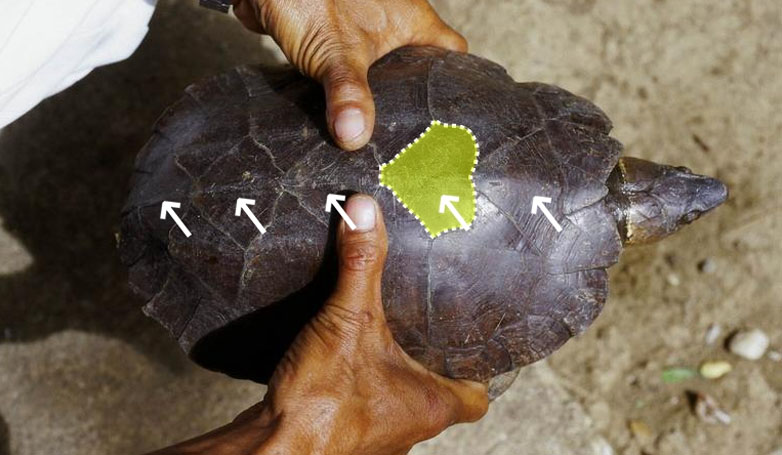
The Philippine forest Turtle, or Palawan forest Turtle, exhibits several distinctive physical characteristics that set it apart from other turtle species. One of the most notable features is its high-domed carapace, which can reach up to 30 centimeters in length. This dark brown to black shell is often rough and slightly serrated at the edges, providing a sturdy defense against predators. The plastron, or underside of the shell, is usually lighter in color, ranging from yellowish to cream, and it features dark blotches that add to its unique appearance.
Another defining characteristic of the Philippine Forest Turtle is its head, which is adorned with striking yellow markings. These markings form a pattern that is unique to each individual, much like a fingerprint. The turtle’s head is relatively large, with a robust, hooked beak that is well-adapted for its diet of aquatic plants, fruits, and small invertebrates. Its limbs are equipped with strong, clawed feet, ideal for digging and maneuvering through its riverine habitat. The front legs also have webbing, aiding in swimming and navigating the aquatic environment. These physical traits not only help the Philippine forest Turtle survive in its natural habitat but also make it a fascinating subject of study for herpetologists and conservationists.
Diet and Behavior

The Philippine forest turtle is an omnivorous species with a diet that primarily consists of aquatic plants, fruits, and small invertebrates. In their natural habitat, they forage in the clear, shallow waters of streams and rivers, using their strong, hooked beak to grasp and consume a variety of food sources. Aquatic vegetation forms a significant part of their diet, providing essential nutrients and fiber. They also feed on fallen fruits and berries, which offer additional vitamins and energy. The consumption of small invertebrates such as snails, insects, and crustaceans supplements their diet with necessary proteins and minerals.
Behaviorally, the Philippine Forest Turtle is predominantly nocturnal, becoming most active during the evening and night. This nocturnal activity helps them avoid daytime predators and the heat of the tropical sun. During the day, they often hide under rocks, logs, or dense vegetation to stay cool and protected. They are known for their shy and reclusive nature, generally avoiding human interaction. When threatened, they can quickly retreat into their sturdy shells for protection. Breeding behavior typically occurs during the wet season when water levels rise, providing ideal conditions for mating and laying eggs. Females lay their eggs in sandy or muddy banks near the water, ensuring that the hatchlings have immediate access to their aquatic habitat upon emerging.
Conservation Status, Threats and Conservation Efforts
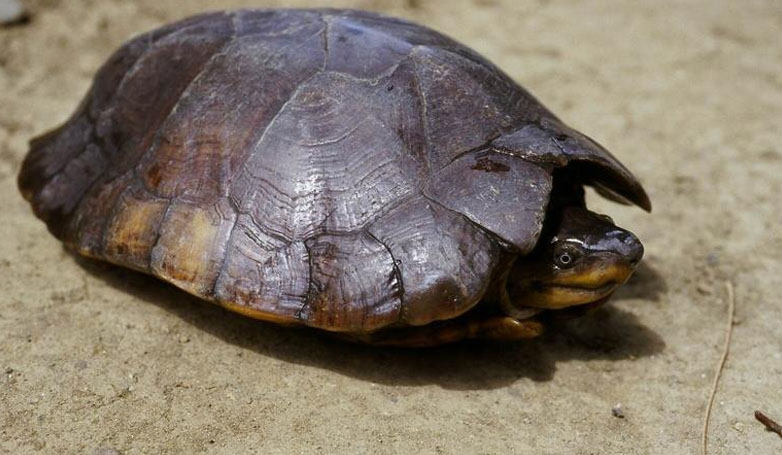
The Philippine Forest Turtle, listed as critically endangered by the International Union for Conservation of Nature (IUCN), faces numerous threats that jeopardize its survival. This species is one of the most endangered freshwater turtles in the world, primarily due to habitat destruction and the illegal wildlife trade. Deforestation driven by illegal logging, agricultural expansion, and infrastructure development has significantly reduced and fragmented their natural habitats in Palawan. These activities lead to the degradation of the pristine streams and rivers that the turtles depend on, resulting in loss of shelter and food sources.
In addition to habitat loss, the illegal wildlife trade poses a severe threat to the Philippine Forest Turtle. These turtles are highly sought after in the pet trade and for traditional medicine, leading to rampant poaching. Despite legal protections, enforcement is often weak, and the demand for these turtles remains high. As a result, their population continues to decline, with many turtles being captured and sold illegally.
Conservation efforts are crucial to preventing the extinction of the Philippine Forest Turtle. These initiatives include habitat protection, anti-poaching measures, and community education programs aimed at raising awareness about the species’ plight. Captive breeding programs have also been established to bolster population numbers and reintroduce individuals into the wild. Collaborative efforts between local communities, conservation organizations, and government agencies are essential to ensure the long-term survival of this unique and critically endangered species. By addressing the root causes of habitat destruction and illegal trade, and by promoting sustainable practices, there is hope for the recovery and preservation of the Philippine forest turtle.
Conclusion
The Philippine forest turtle is a precious gem of the Philippine wildlife, representing the incredible biodiversity found in the country’s forests and waterways. Protecting this critically endangered species requires concerted efforts from conservationists, local communities, and governments. By supporting conservation initiatives and spreading awareness, we can help ensure that the Philippine forest turtle continues to thrive in its natural habitat for generations to come.
Every small step towards conservation counts, and together, we can make a significant impact on the survival of this remarkable species. Let’s cherish and protect the Philippine forest turtle, a true treasure of the Philippines’ natural heritage.

